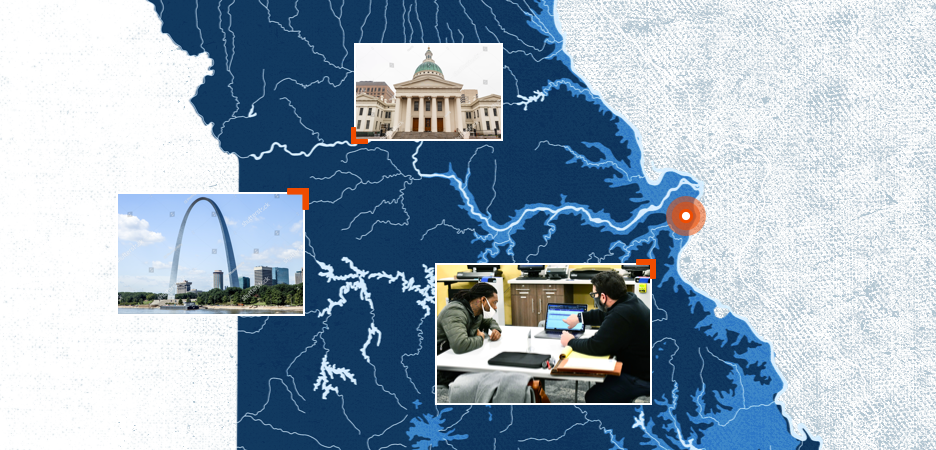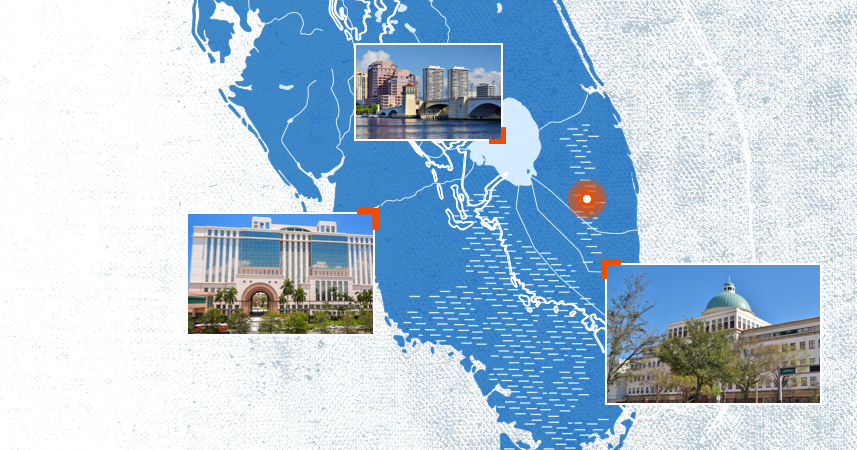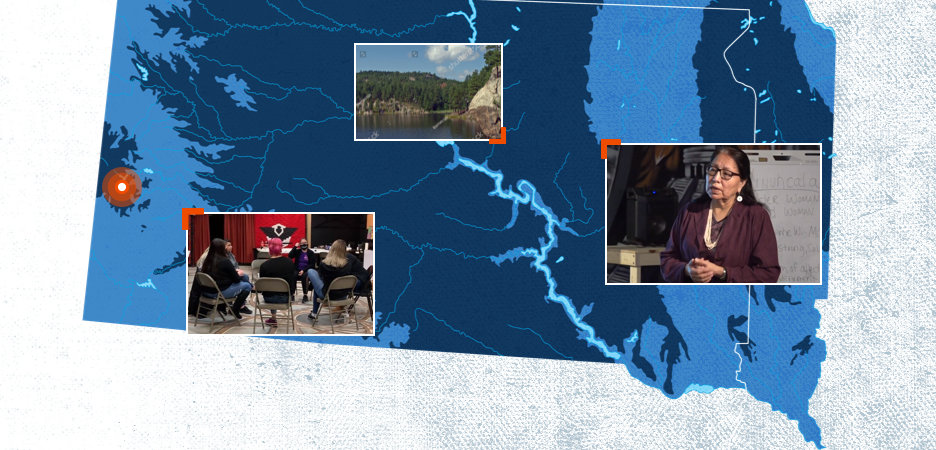More Results
By 2020, jail use in Charleston County was returning to its intended purpose, reducing the harms of unnecessary incarceration on people, families, and communities. This included a reduction in the jail population, local bookings, individuals booked, and charges.
The centralized database, launched in 2017, and now provides access from across the criminal justice system to see results, conduct analysis, and evaluate how the local criminal justice system is functioning and allows for identification of areas with the opportunity for improvement. This reporting shows that the municipal and magistrate charges brought to the jail declined by 78% from 2014 – 2020.
Five single-charge bookings, including simple possession of marijuana, open container, misdemeanor shoplifting, trespassing, and public intoxication, were specifically targeted as part of the county’s Safety and Justice Challenge efforts, and as a result, were reduced by 84% from 2014 – 2020. The number of people regularly cycling through the jail who were booked and released between 2014 – 2020 decreased by 63%.
The county made significant progress in diverting people from jail to alternatives to help get the help they need. In 2019, law enforcement referred 74 individuals to the Tri-County Crisis Stabilization Center, conducted 473 law enforcement consultations with embedded clinicians, and executed 152 law enforcement drop-offs to the Charleston Dorchester Mental Health Center.
Bond court representations by public defender attorneys started in 2016, gradually increasing from zero in 2015, to 2,128 in 2020. Bond court judges also became involved as partners, getting more information on setting bonds that are fair, just, and meaningful. As part of this, Pretrial Service Reports were set up in 2018 to better inform bond setting judges. These reports offered a consistent, objective, and reliable way to assess for risk of rearrests and/or missing court. By 2020, the reports became available to over 90% of bond hearings in the Centralized Bond Court.
The average number of days in the early stages of case processing improved from 2015 to 2020. This included improvements in the time it took to be assigned a public defender, assigned a solicitor, and how long it took for initial evidence from law enforcement to be provided to prosecutors.
While analyzing the relative rates of incarceration between racial and ethnic groups helped the county improve inequities in the criminal justice system, there is still more work to do. Disproportionately, Black people were booked into the local jail on low-level target charges as well as overall charges, although the gap had shrunk between 2014 and 2017.
The Criminal Justice Coordinating Council (CJCC) efforts to engage the community in the development of the strategic plan brought together over 1,200 community members, including many with direct experience of the justice system. Together, community members and system stakeholders (i.e., judges, public defenders, prosecutors, etc.) created the CJCC’s strategic plan in 2020, focusing on identifying data trends and community priorities to advance change for the next three years (FY2021 – FY2023).









